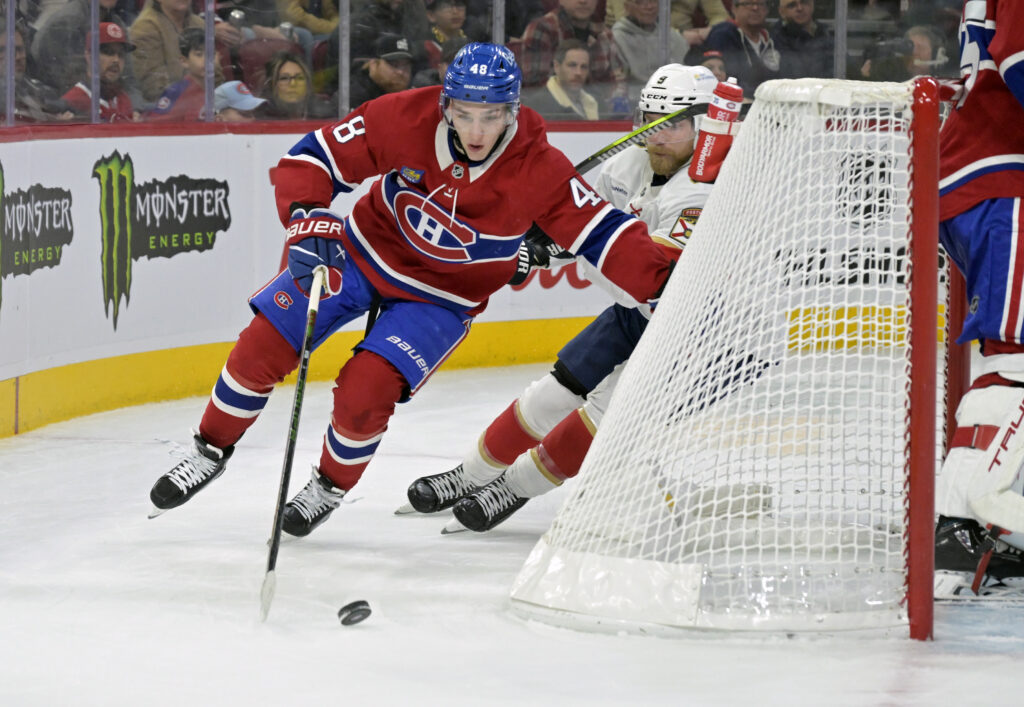The Montreal Canadiens and their fanbase have every reason to be ecstatic about Lane Hutson. In a debut season for the ages, the 21-year-old dynamo didn’t just turn heads; he snapped them. Racking up 60 assists and 66 points, quarterbacking the top power-play unit, and displaying a defensive commitment with 123 blocked shots, Hutson didn’t just win the Calder Trophy—he seized it. He’s the cornerstone defenceman the franchise has been desperately seeking. But with great success comes a great big price tag. As Hutson skates into the final year of his entry-level contract, the conversation in Montreal is shifting from his on-ice heroics to the inevitable, multi-million-dollar question: What’s it going to take to lock him up long-term?
Also on the EDGE – From Rebuild to Reloaded: The Young Guns Powering the Canadiens’ New Era
While the calendar has flipped past July 1, making Hutson eligible for an extension, there’s no palpable sense of panic emanating from either the Canadiens’ front office or the Hutson camp. Sources describe the initial talks as “very amicable,” a far cry from the tense, holdout-driven dramas that can plague negotiations with rising stars. Hutson himself has voiced a desire to remain a Hab for the long haul. Yet, beneath this calm surface lies a complex negotiation, a high-stakes game of leverage and valuation where the Canadiens, for now, are holding a royal flush.
The Habs Hold the Hammer
In the world of NHL contracts, not all restricted free agents are created equal. Hutson is about to become a Group 2, or 10.2(c), RFA. For the uninitiated, this is the most restrictive category an RFA can fall into, and it tilts the negotiating table heavily in the team’s favour. This specific designation means Hutson is ineligible for an offer sheet from a rival club and, crucially, has no arbitration rights.
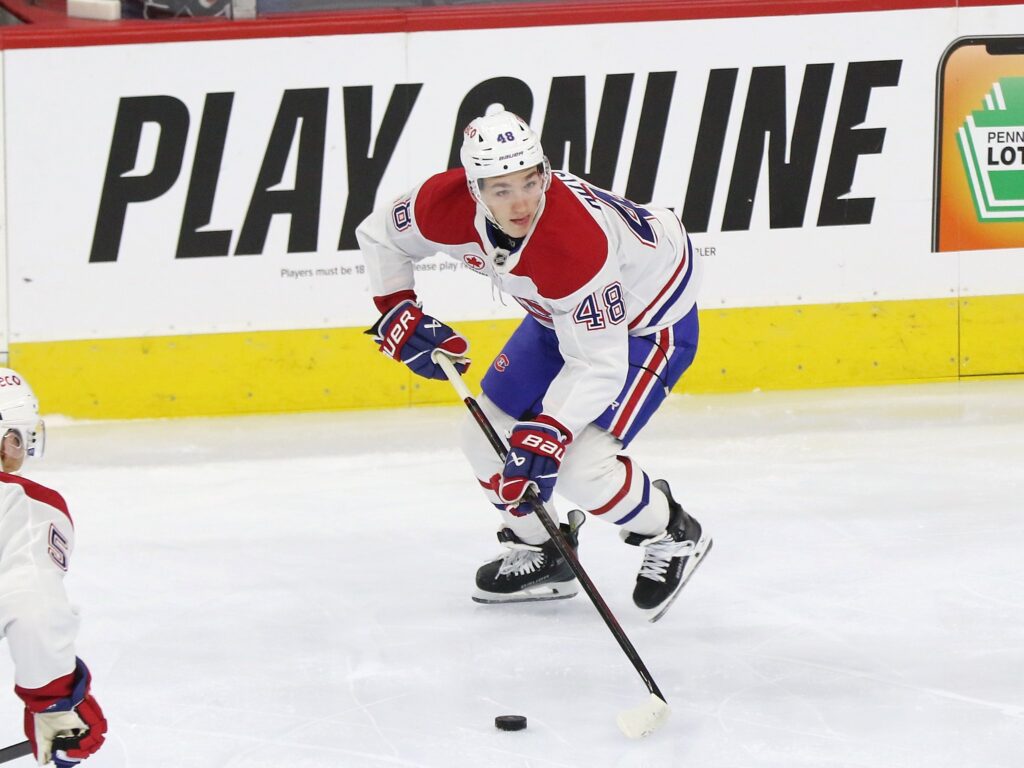
What does this mean in practical terms? He has two options: sign the contract the Canadiens offer him, or don’t play in the NHL. It’s a stark reality that strips a young player of almost all his negotiating power. General manager Kent Hughes is under no obligation to rush. He can let the season play out, using the full year to evaluate Hutson’s continued development before putting a final number on the table next summer. The team controls his rights, his timeline, and ultimately, his immediate financial future. While Hutson’s on-ice performance is spectacular, the collective bargaining agreement has him pinned.
Deconstructing the Comparables
When a contract of this magnitude is on the table, the first thing agents and GMs do is scour the league for comparables. It’s a way of establishing a market value. Some early, ambitious whispers pointed towards Noah Dobson’s eight-year, $32 million deal as a potential benchmark. That comparison, however, is fundamentally flawed.
Dobson was a year away from unrestricted free agency, giving him the massive leverage of potentially walking away for nothing. He was already logging top-pairing minutes, and perhaps most importantly, he’s a right-shot defenceman—the most coveted and highly-paid commodity on the NHL’s blue line. Hutson, as brilliant as he is, ticks none of those specific boxes. RFA years are simply valued differently—and substantially less—than UFA years, which teams must pay a premium to secure.
A more accurate and grounded set of comparables includes players who signed long-term deals at a similar juncture in their careers: Quinn Hughes (Vancouver Canucks), Jake Sanderson (Ottawa Senators), and Brock Faber (Minnesota Wild). These contracts, signed by elite young defencemen coming off their ELCs, consumed between 9% and 9.63% of their team’s respective salary caps at the time of signing.
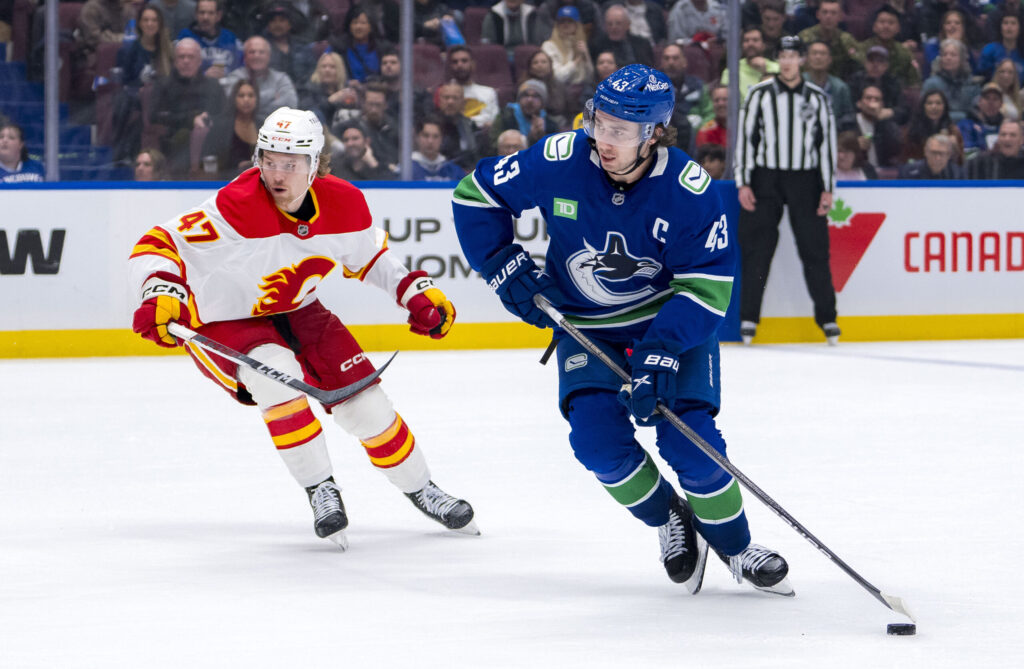
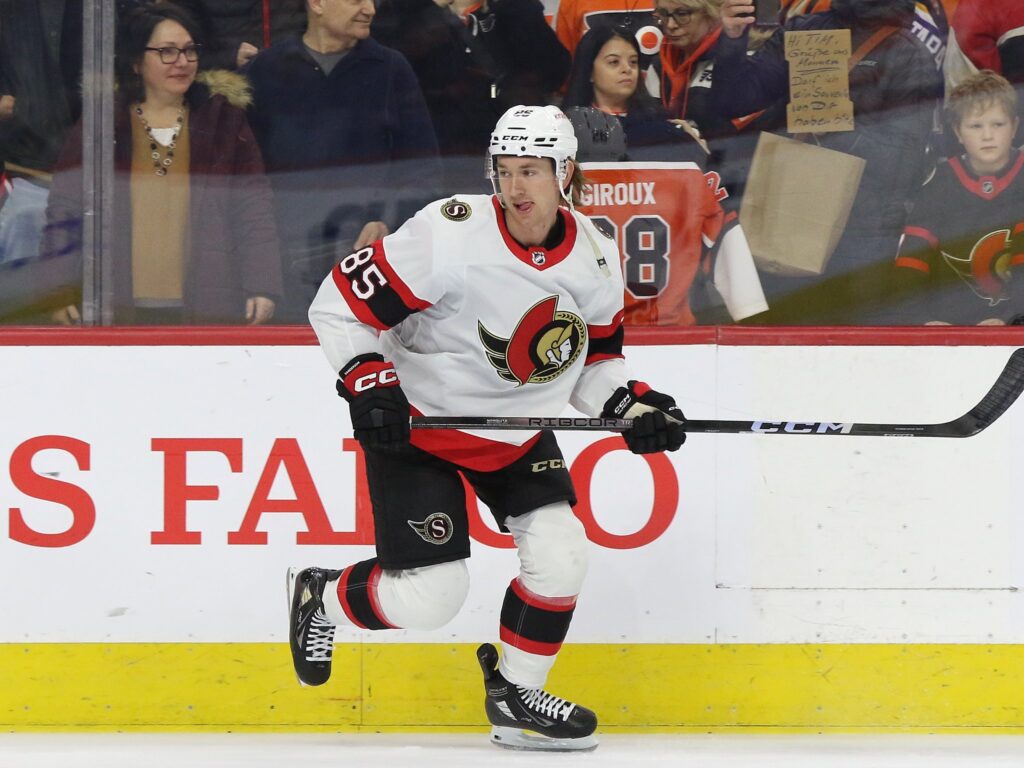

Let’s do the math. With the NHL’s salary cap projected to surge to around $104 million by the 2026-27 season (when Hutson’s new deal would kick in), that percentage range provides a logical starting point. A deal representing 9% of a $104 million cap translates to an average annual value (AAV) of $9.36 million. At the higher end, 9.63% would command an AAV of just over $10 million. It’s a hefty price, but it’s the going rate for a player of Hutson’s calibre and potential. The major caveat here is the unprecedented rate at which the cap is rising. This “market reset” could render even recent comparables partially obsolete, potentially pushing Hutson’s final number even higher as agents argue for a piece of the ever-expanding pie.
To Bridge or Not To Bridge? That Isn’t the Question.
So, what will the final deal look like? While a short-term “bridge deal” is technically an option—a two or three-year contract that walks a player through their remaining RFA years to the doorstep of UFA status—it’s considered highly unlikely in this scenario. Such deals, seen with players like Wyatt Johnston or Matthew Knies, are usually for players whose ultimate ceiling is still a major question mark. That isn’t the case with Hutson. The Canadiens know they have a foundational piece, a potential future Norris Trophy candidate.
Also on the EDGE – 3 Cracks in the Foundation That Could Derail the Canadiens’ 2025-26 Season
A bridge deal would be a strategic blunder for Montreal. It would mean that just as Hutson is entering the absolute peak of his prime, they would have to open the vault and pay a king’s ransom dictated by an even higher salary cap and his UFA status. The smart play, and the one all signs point to, is a long-term agreement. Both sides are reportedly focused on six-to-eight-year options. This allows the Canadiens to lock in Hutson’s prime years at a cost that, while high now, will likely look like a bargain in years four, five, and six as the salary cap continues its upward trajectory. For Hutson, it provides life-changing financial security and a commitment from the franchise.
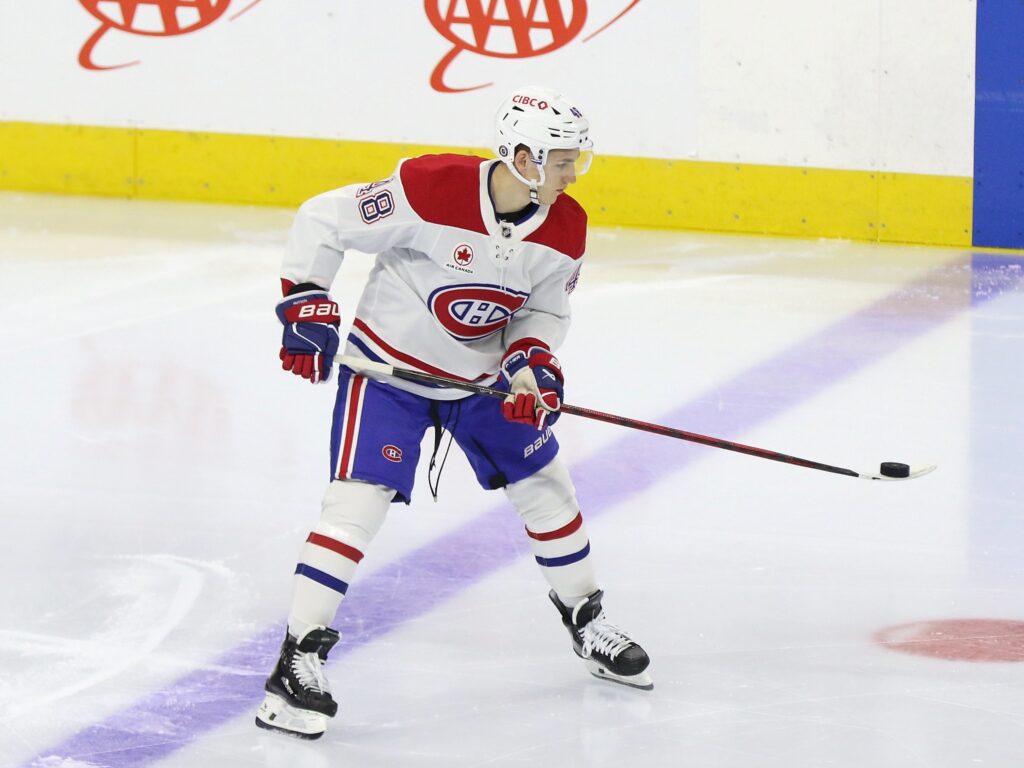
The consensus is clear: a deal will get done. There will be no holdout, no bad blood. Hutson will be a Canadien for the foreseeable future. The only suspense lies in the final figures. Will it be an eight-year pact? Will the AAV start with an eight or a nine? These are the details being amicably, but meticulously, hammered out behind closed doors. For now, fans can rest easy knowing their Calder-winning defenceman is here to stay. The only thing left to do is watch him continue to dazzle, and wait for the ink to dry on a contract that will define the Canadiens’ blue line for the next decade.
Created with the aid of Gemini AI
